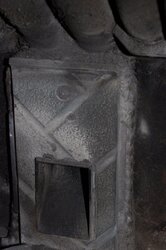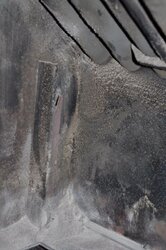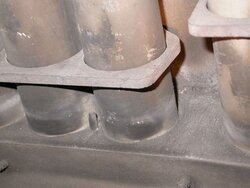I am running on straight pellets for the first time ever, in a large volume, I usually only use them in the warm spring time temps. Here is what I am finding.
Stove set on low, control box set on +10%
Convection fan set on high, springs in 6 of my 8 heat exchanger tubes
Adjustable snap disk to turn convection fan on soon, and keep it on longer at shut down.
Door sealed at top, and sides, was bottom and sides.
40# bag of fleet farm pellets in 24hrs
This has kept a 15 year old 1600 sq.ft. house about 63 to 68 degrees, with outside temps of -15 to +5.
I think I am doing pretty good with this setup? What do you guys think?
Stove set on low, control box set on +10%
Convection fan set on high, springs in 6 of my 8 heat exchanger tubes
Adjustable snap disk to turn convection fan on soon, and keep it on longer at shut down.
Door sealed at top, and sides, was bottom and sides.
40# bag of fleet farm pellets in 24hrs
This has kept a 15 year old 1600 sq.ft. house about 63 to 68 degrees, with outside temps of -15 to +5.
I think I am doing pretty good with this setup? What do you guys think?
Last edited:


 With the mods we've done, my exhaust temp right at the top of the blower is 160 degrees when running on Med, according to the old records. Do you have a way to measure temp there like with a surface pyrometer? I've learned that IR detectors just aren't worth crap.
With the mods we've done, my exhaust temp right at the top of the blower is 160 degrees when running on Med, according to the old records. Do you have a way to measure temp there like with a surface pyrometer? I've learned that IR detectors just aren't worth crap.




 It makes little sense to me.
It makes little sense to me.